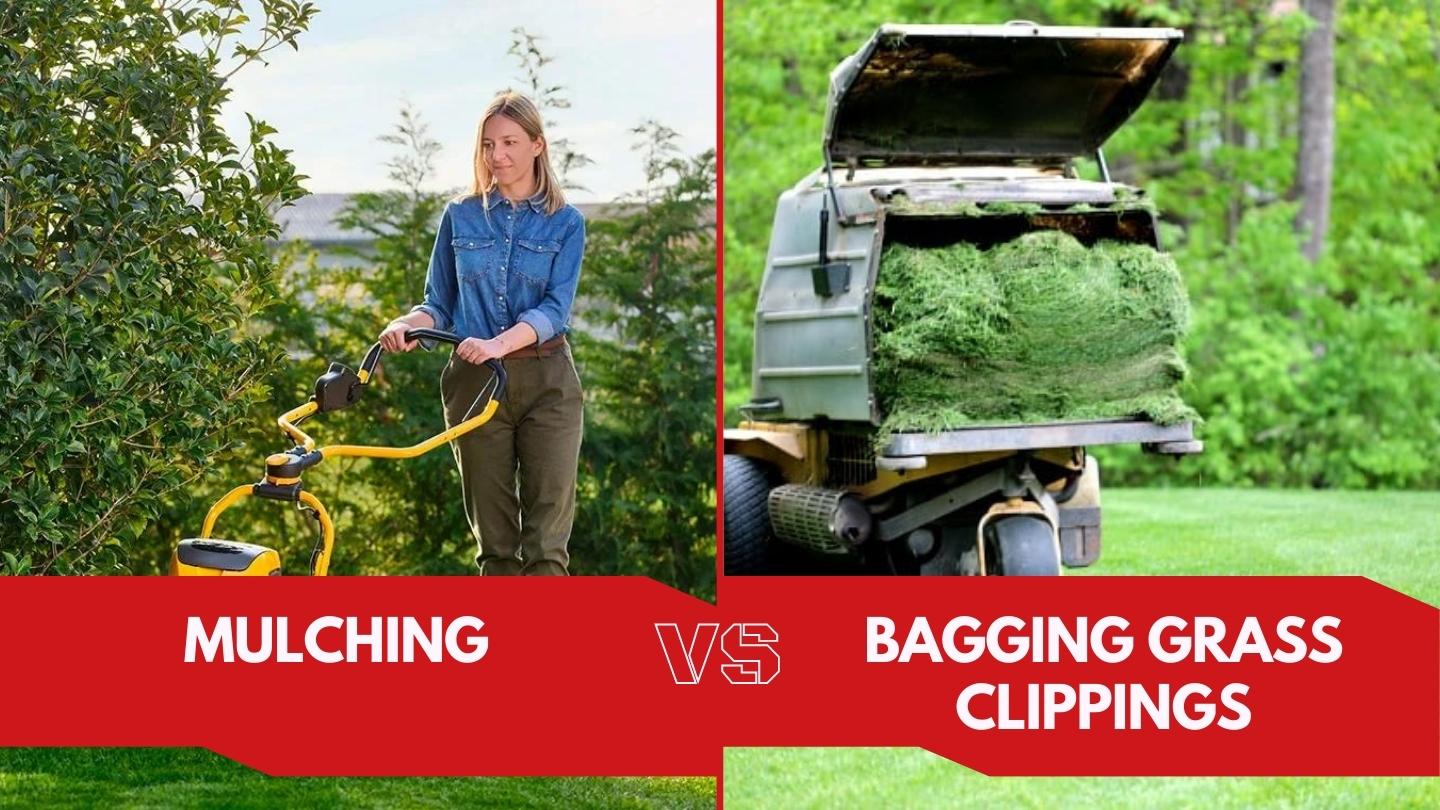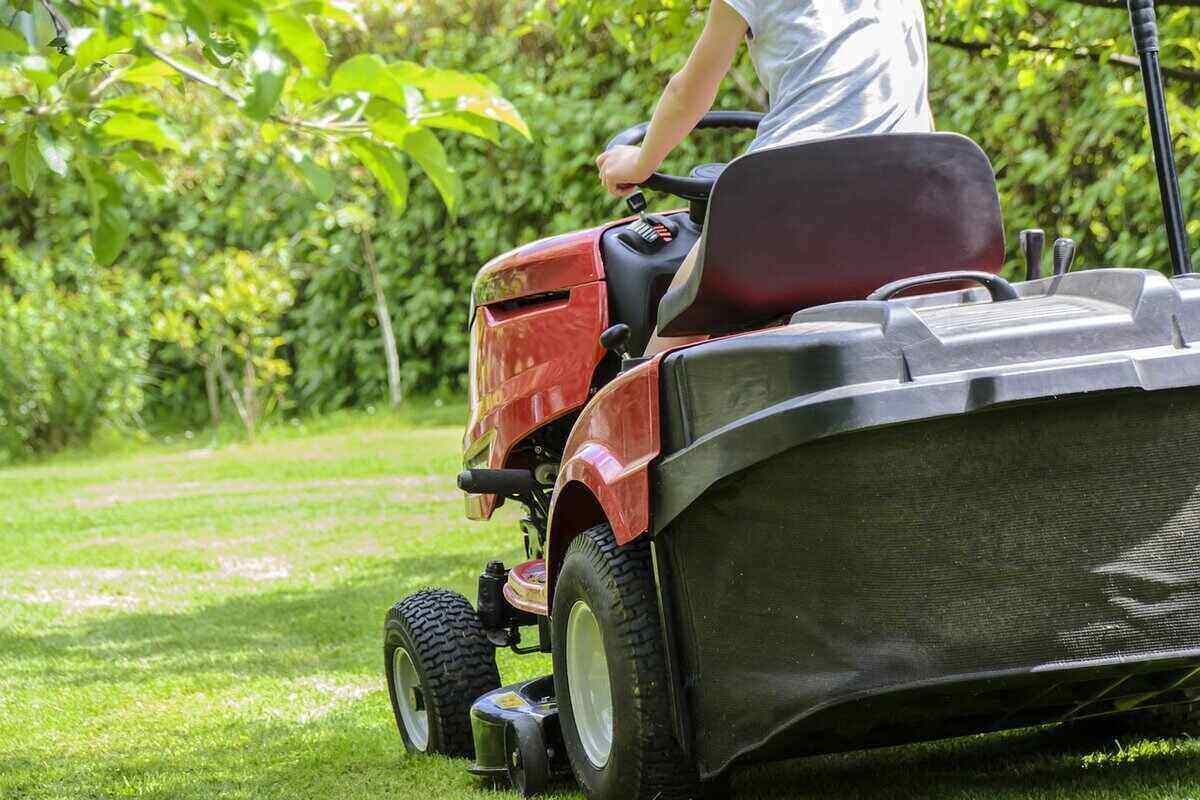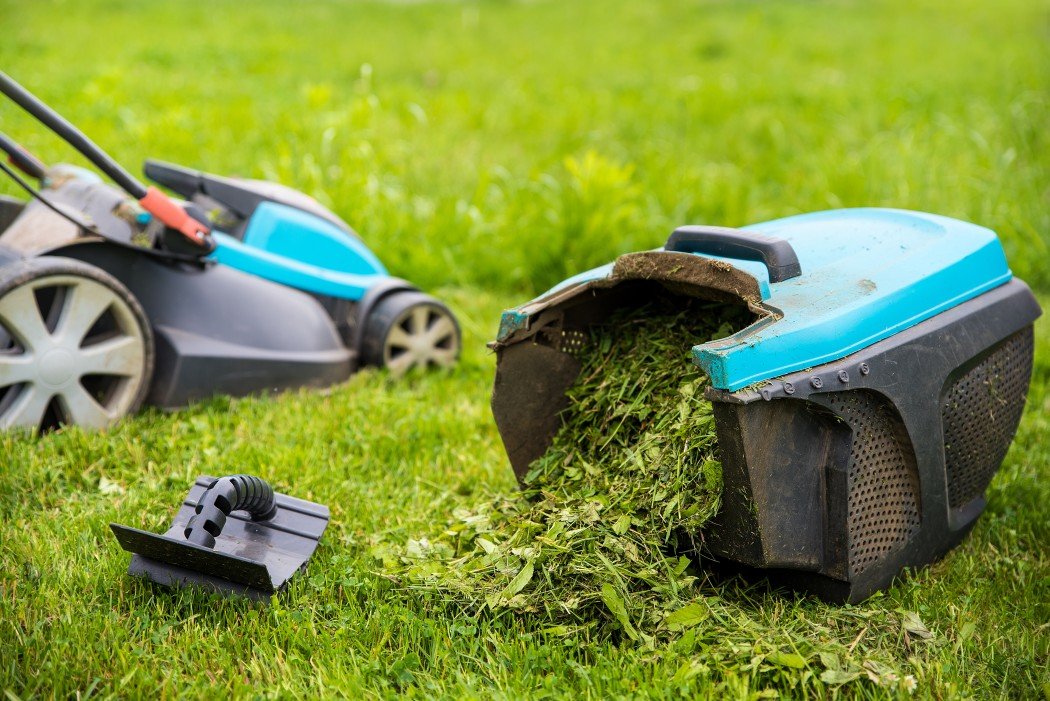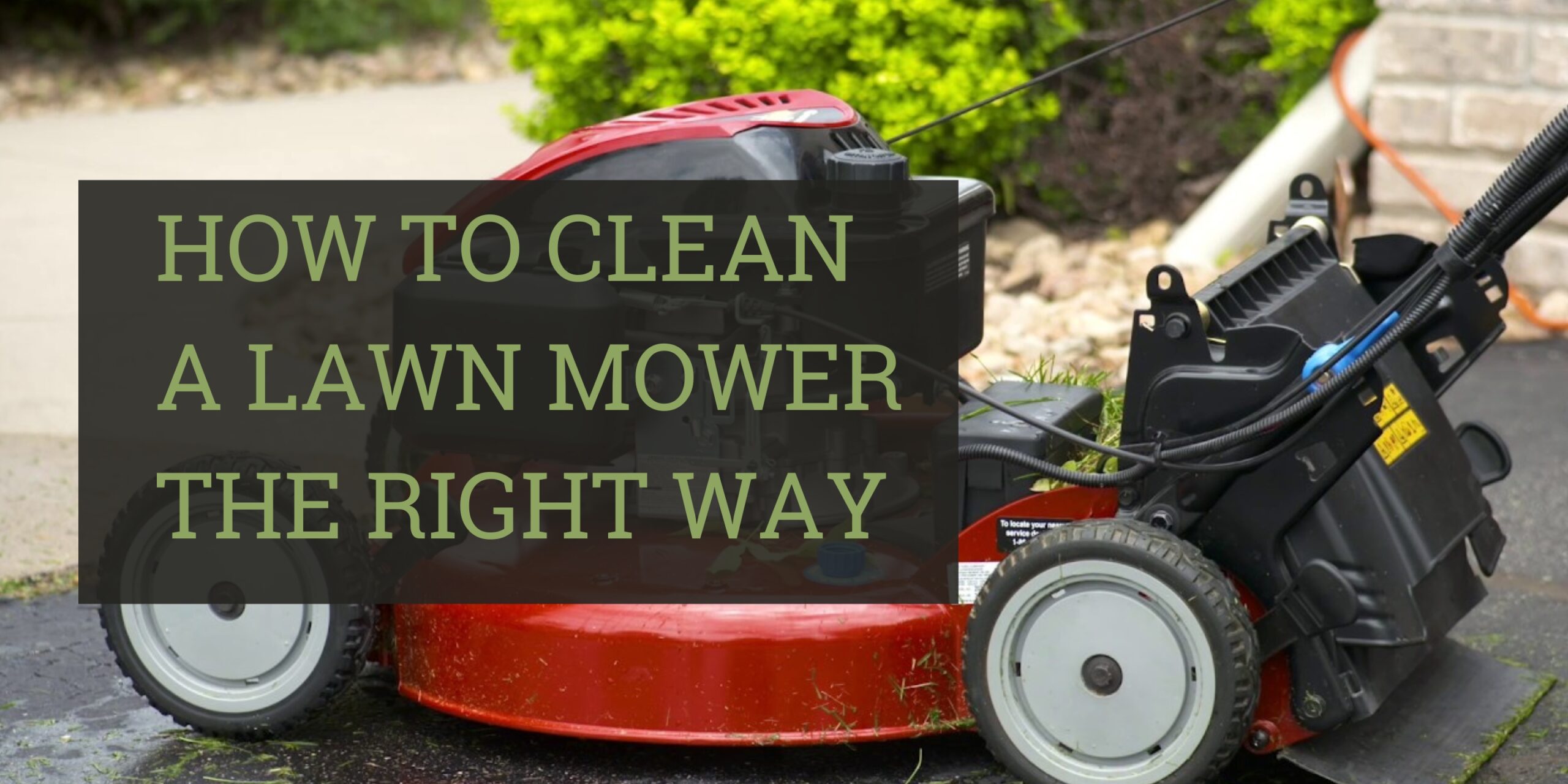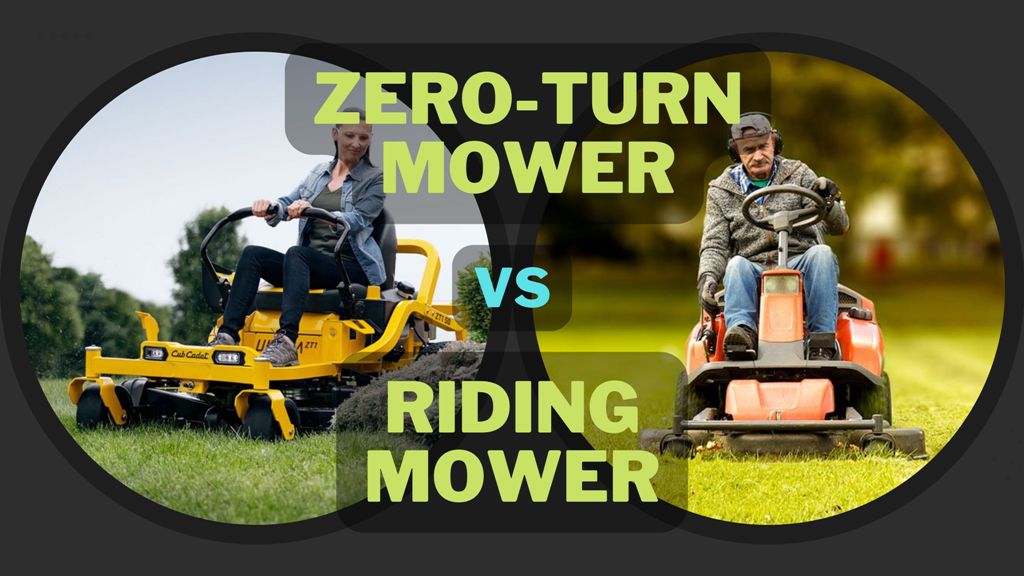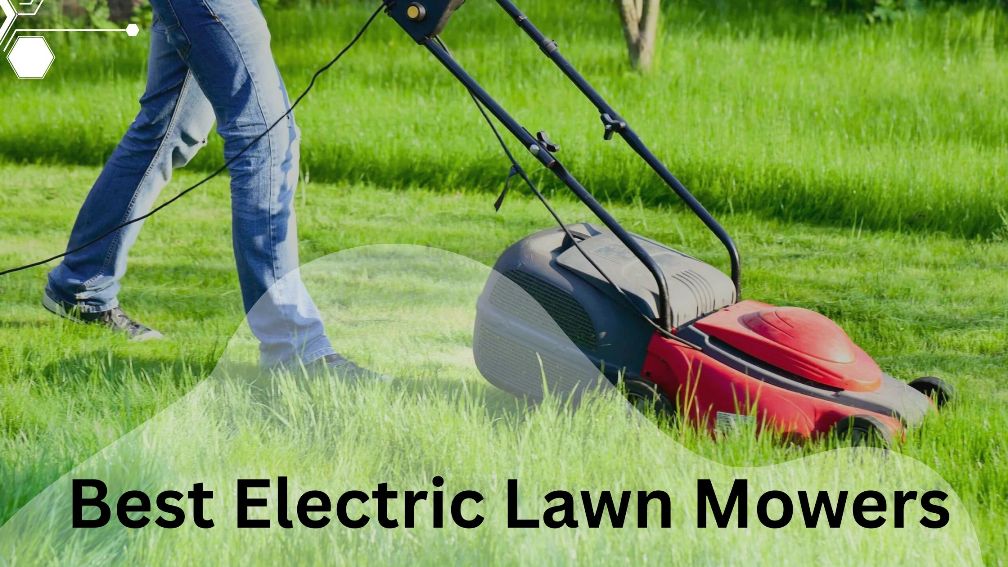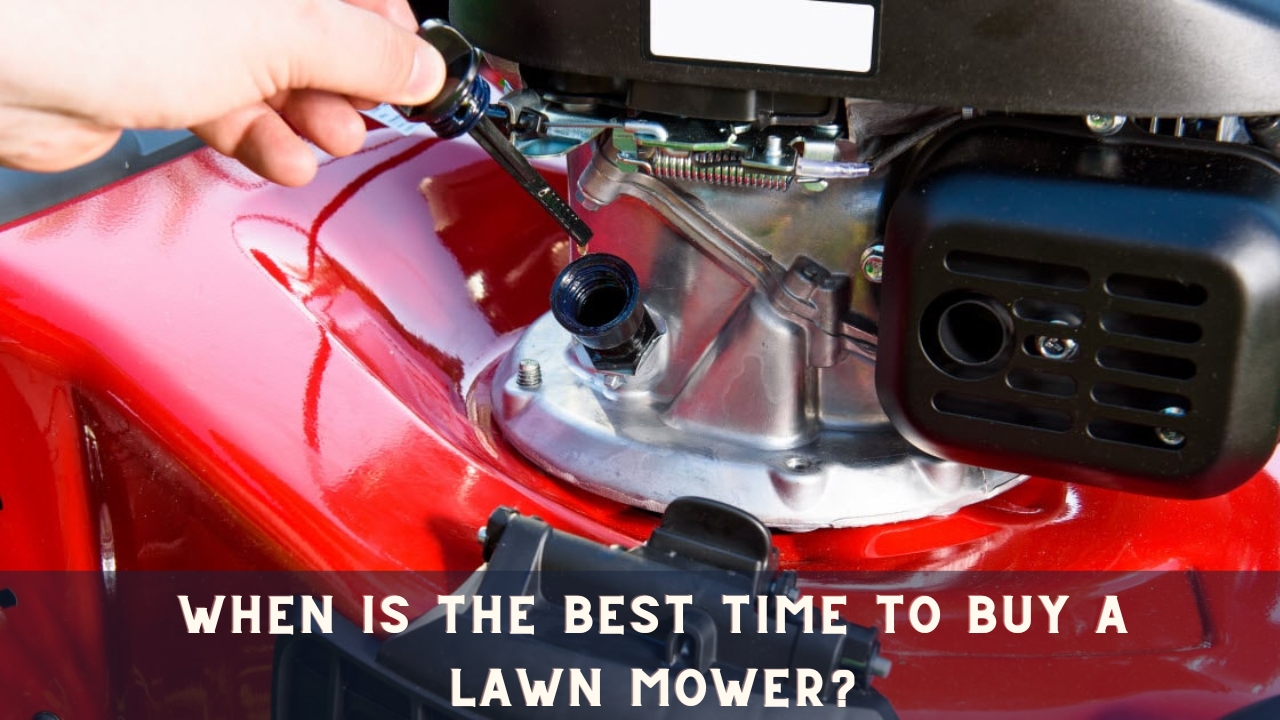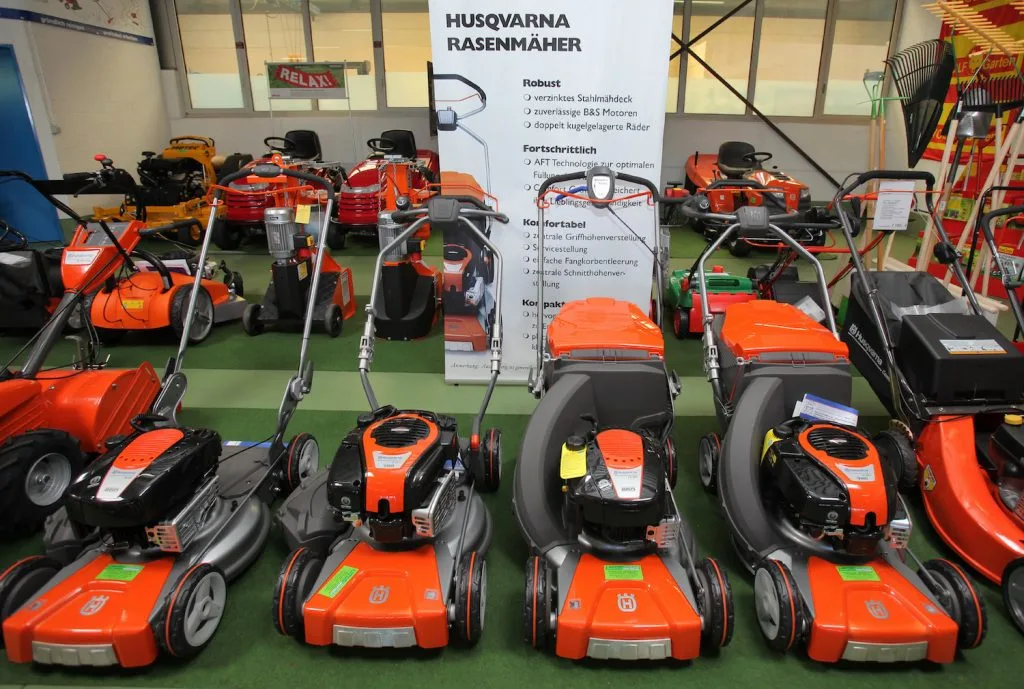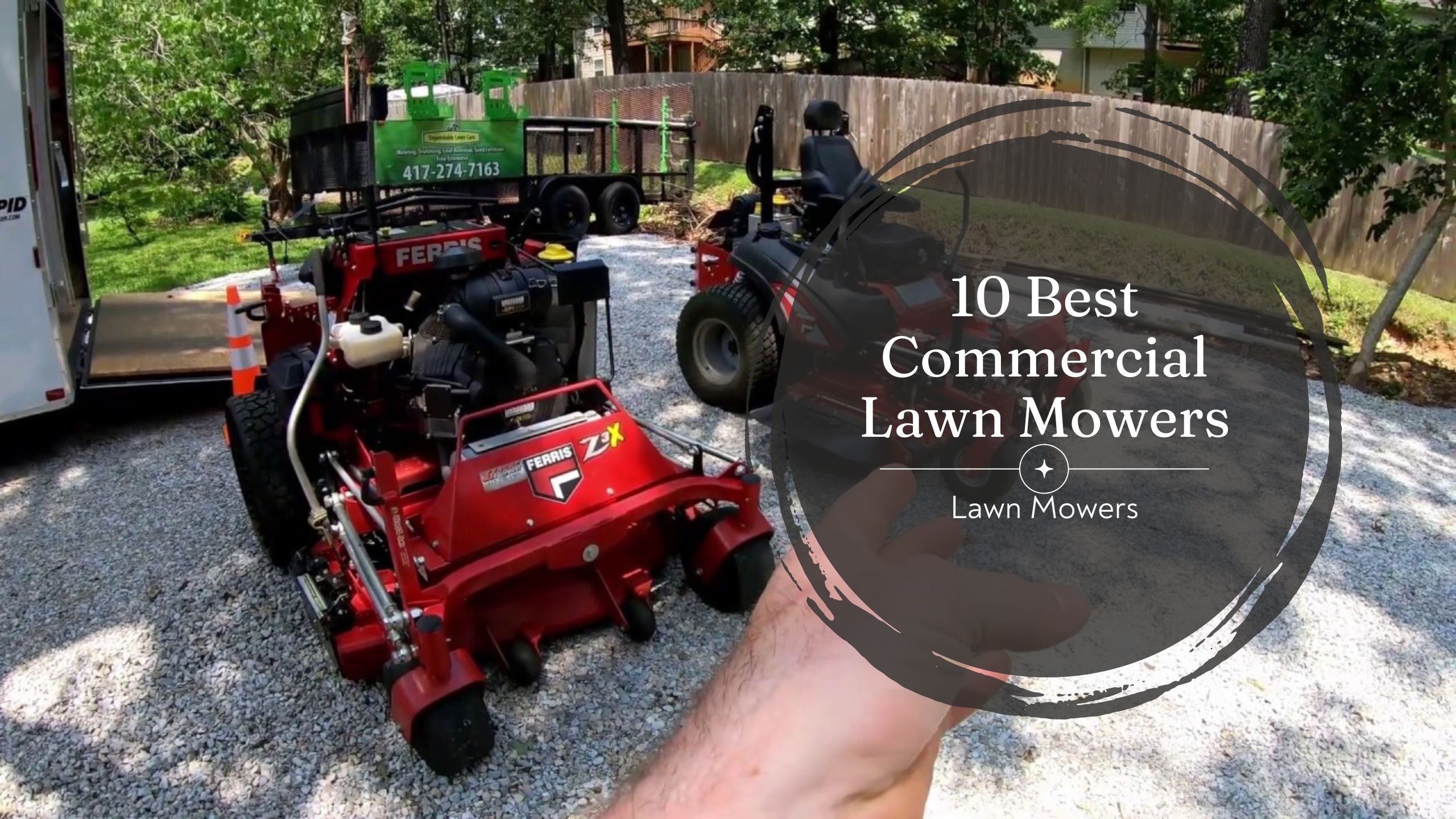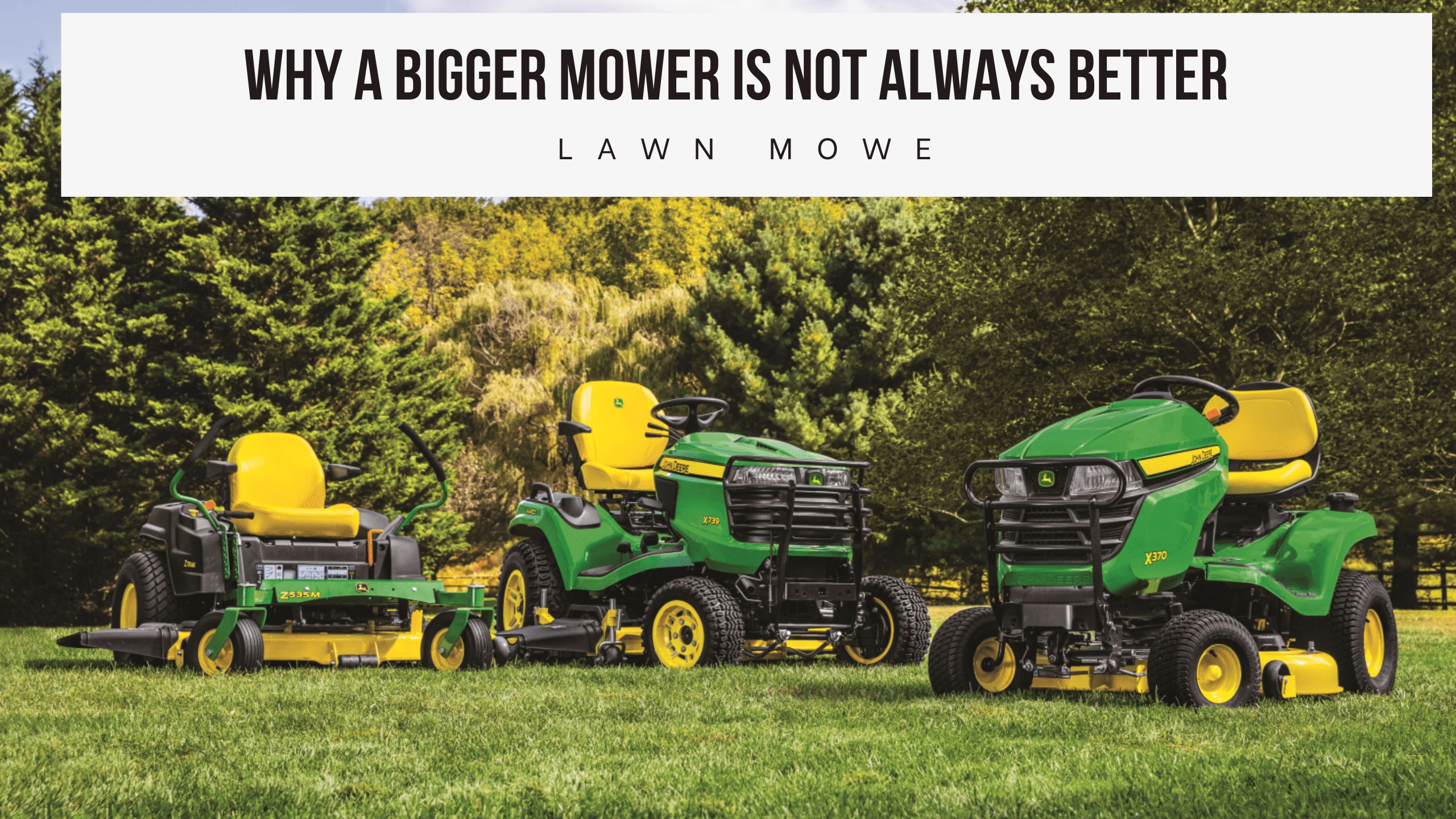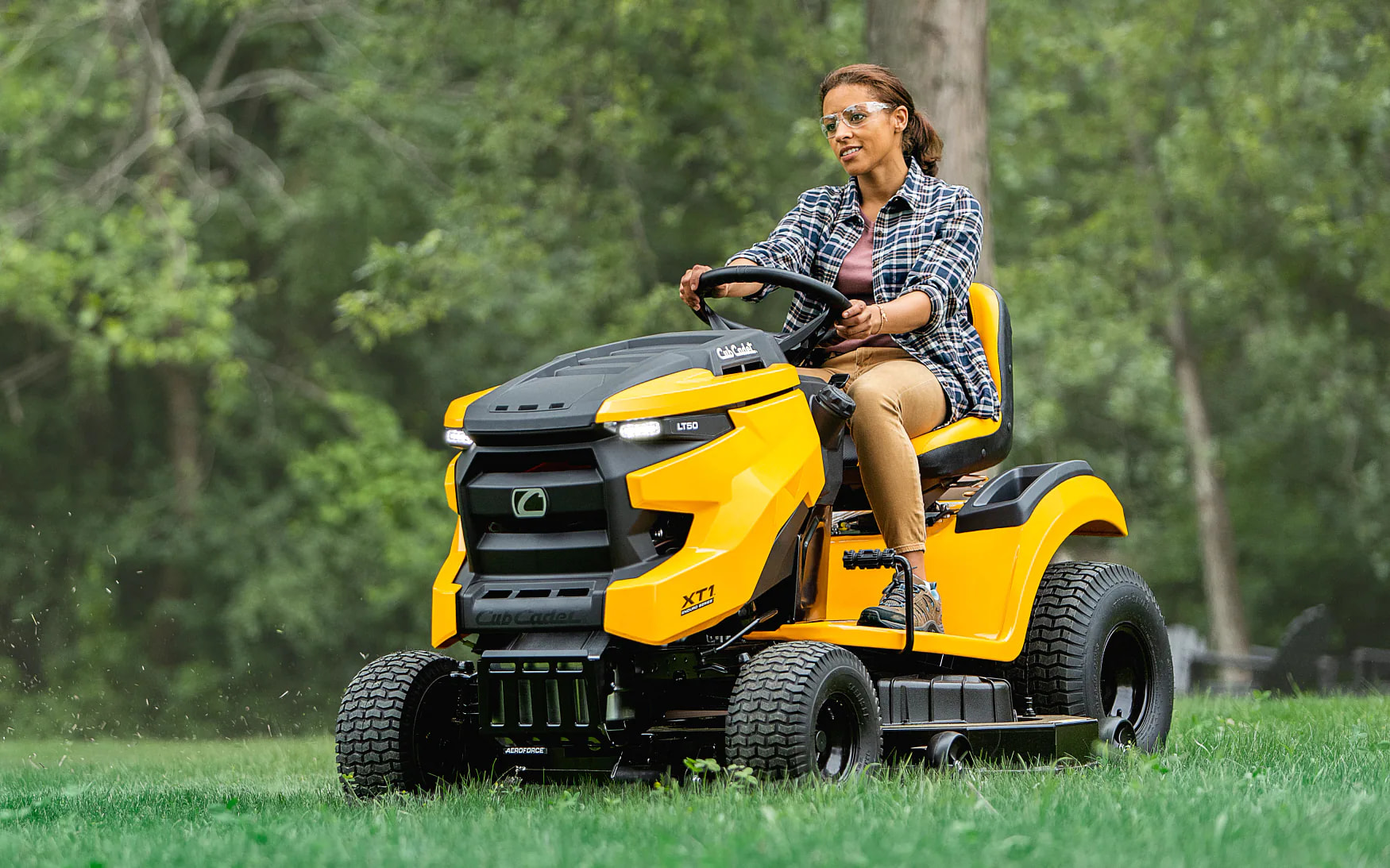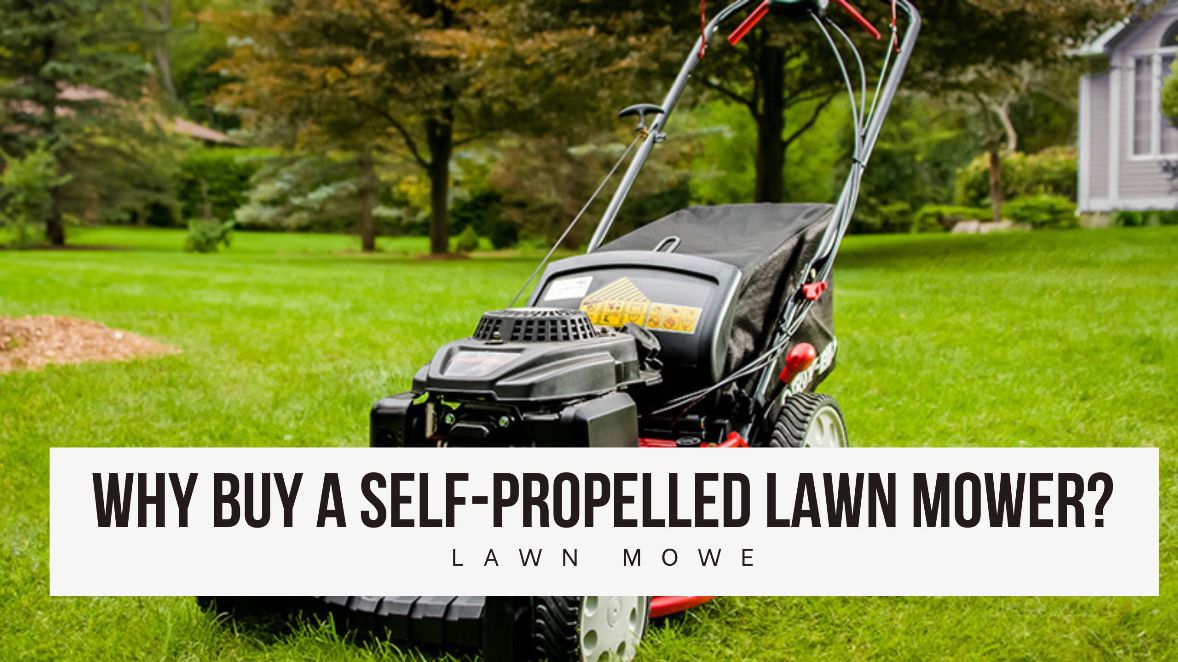Maintaining a healthy lawn can be a challenge, especially when it comes to deciding what to do with the grass clippings after mowing. Should you mulch the clippings, bag them, or leave them on the lawn? While there is no one-size-fits-all answer, both mulching and bagging offer advantages and disadvantages that can help you make an informed decision about the best option for your lawn. In this blog post, we’ll discuss the pros and cons of mulching and bagging grass clippings to help you decide which method is best for your lawn.
What is a Bagging Grass clipping
Bagging your grass clippings is the traditional method of collecting and removing the cut grass from your lawn. It involves using a mower with a bag attached that collects the clippings, which can then be disposed of in an appropriate manner. Bagging the clippings is often seen as the simplest and most effective way to keep your lawn neat and tidy. It also has a number of advantages, including reducing the need for trimming and weeding and making it easier to dispose of the clippings. However, it does come with some disadvantages, such as the need for regular disposal of the bagged clippings and the additional cost associated with purchasing a mower with a bagging attachment.
The pros of bagging your grass clippings
Controlling Spread of Disease: Bagging your grass clippings can help to control the spread of disease. Diseases are spread through contact with the clippings, so by removing them from your lawn, you can limit the chance of them spreading to other parts of your lawn.
Time Savings: When you bag your grass clippings, you don’t have to worry about getting them off your lawn after mowing. This can save you time that you would otherwise have to spend raking or blowing the clippings off your lawn.
No Brown Patches: Since the clippings are removed from your lawn, there will be no brown patches left behind. This ensures that your lawn is always looking its best and doesn’t suffer from any unsightly discoloration.
No Nutrient Depletion: Bagging grass clippings helps to prevent nutrient depletion in your soil since the clippings are removed from the lawn. This can help keep your soil healthy and allow for healthier plants and grass growth.
Easy Disposal: Bagged grass clippings are much easier to dispose of than loose clippings. You can simply pick up the bags and throw them away in your trash or compost bin, or if you want to get more creative, you can use them as mulch or compost material.
Less Maintenance: When you bag your grass clippings, it is much less work to maintain the health of your lawn. You won’t have to worry about manually removing clippings or dealing with dead patches in the lawn due to clippings left behind.
No Clumping: When you bag your grass clippings, you don’t have to worry about them clumping together and forming a thick layer on top of the soil. This makes it much easier for water and air to get into the soil and for nutrients to be absorbed by the grass.
Cleaner Lawn: Bagging grass clippings helps keep your lawn looking cleaner since there will be no stray clippings left behind after mowing. This can make a big difference in how your lawn looks and can help keep it looking neat and tidy.
The cons of bagging your grass clippings
More Time-Consuming: Bagging grass clippings can take up a lot more time than mulching your clippings. This is because you need to remove the bags from the mower, empty the contents, and then put them back on the mower. This process can become quite tiring after doing it multiple times during a single mowing session.
Can Increase Pollutants: When you bag your grass clippings, you’re essentially storing the clippings in an enclosed environment. This means that the clippings are now exposed to more heat, which can lead to an increase in pollutants that are released into the air.
Potential for Environmental Damage: When you bag your clippings, you run the risk of accidentally leaving the bag near a body of water. If this happens, the clippings inside can leach into the water and cause significant damage to the environment due to increased nutrients and algae growth.
Higher Cost: You may need to purchase additional bags or other supplies in order to properly bag your grass clippings. This can end up costing you more money in the long run, especially if you don’t plan on using the bagged clippings for another purpose.
What is Mulching your grass clippings
Mulching your grass clippings is a process in which you cut the grass very short and leave the clippings on the lawn. This helps to recycle the nitrogen, phosphorus, and potassium that was taken from the soil while mowing. The clippings act as a natural fertilizer and protect your soil from the elements; reducing erosion and helping it retain moisture.
This method of grass care is great for many reasons. Not only does mulching help keep your lawn healthy and beautiful, but it is also an environmentally friendly way to maintain your grass. Mulching is less labor-intensive than bagging, because you don’t have to spend time picking up the clippings or disposing of them. Additionally, mulching reduces the amount of waste generated from lawn care and helps to reduce your carbon footprint.
When mulching your grass clippings, it is important to keep an eye on the height of your grass. It should be kept short, so that the clippings are not too long. Also, if the clippings get too deep, they can smother and kill the grass beneath. Therefore, you should mow regularly and make sure the clippings are spread out evenly.
Mulching your grass clippings can provide several benefits to your lawn and is a great way to reduce your environmental impact. It may require more maintenance than bagging, but the rewards are well worth it.
The pros of mulching your grass clippings
Mulching helps maintain the health of your soil and lawn. Grass clippings are full of essential nutrients such as nitrogen, phosphorus, and potassium that can be released back into the soil when mulched. This helps to fertilize and enrich the soil, which leads to healthier grass and a more vibrant-looking lawn.
Mulching prevents water loss from your lawn. By leaving grass clippings on the lawn, they can act as a natural mulch layer. This prevents the sun from baking the soil and drying it out, which can lead to water evaporation and moisture loss.
Mulching is more time efficient than bagging. Bagging grass clippings can be a lengthy process, especially if you have a large lawn. Mulching will save you time since you don’t have to collect, transport, and discard the grass clippings.
Mulching saves money in the long run. Because you’re not spending time and energy collecting, transporting, and disposing of your grass clippings, you can save money by investing in quality mulching equipment.
Mulching reduces waste and environmental impact. By leaving grass clippings on your lawn, you’re reducing the amount of waste that goes into landfills. It also reduces the emissions from transportation and disposal associated with bagging grass clippings.
The cons of mulching your grass clippings
Mulched grass clippings can block sunlight from reaching your grass, leading to a decrease in photosynthesis and an increase in disease. They can also lead to an increase in thatch, which is a layer of dead grass, stems, and roots on the surface of your lawn.
Mulched clippings are more difficult to remove than bagged clippings, as they are smaller and can more easily fall between blades of grass and take root. If your lawn has a tendency to accumulate thatch, then it may be better to bag the clippings.
Mulched clippings are not suitable for use as compost or fertilizers. While they do contain some nutrients, their small size means that the majority of nutrients will simply be washed away with rain or irrigation. Additionally, if you have pets or other animals that frequent your lawn, the mulch could make them ill.
Mulching vs. Bagging Grass Clippings: Which Is Best For your Lawn?
When it comes to caring for your lawn, you may find yourself debating whether to bag or mulch your grass clippings. Both methods have their pros and cons, so how do you decide which is best for your lawn?
Bagging grass clippings involves collecting them in a lawn bag after mowing and disposing of them in an appropriate manner. The pros of this method are that it helps keep the grass clippings out of your garden beds and off of your walkways. It also eliminates any problems with clumps of grass left behind after mowing. On the downside, it requires an extra step to collect and dispose of the clippings, and these clippings usually end up in a landfill instead of on your lawn where they can provide nutrients to the soil.
Mulching grass clippings involves mowing over them and using a lawnmower with a mulching blade or mulching plug. The advantages of this method are that the grass clippings are spread evenly throughout the lawn, providing valuable organic matter to nourish the soil. This helps build healthier, stronger grass, and it’s also an environmentally friendly way of fertilizing your lawn. The disadvantage is that it can leave behind clumps of grass that need to be swept up or raked away.
In the end, the decision between mulching or bagging your grass clippings comes down to your own personal preference and the type of lawn you have. If you have a small yard with no garden beds or walkways, mulching may be the better choice as it can provide nourishment for your lawn. However, if you have a large yard with pathways or flowerbeds, bagging may be preferable to keep the grass clippings from spreading. Whatever method you choose, both will help keep your lawn looking its best.

